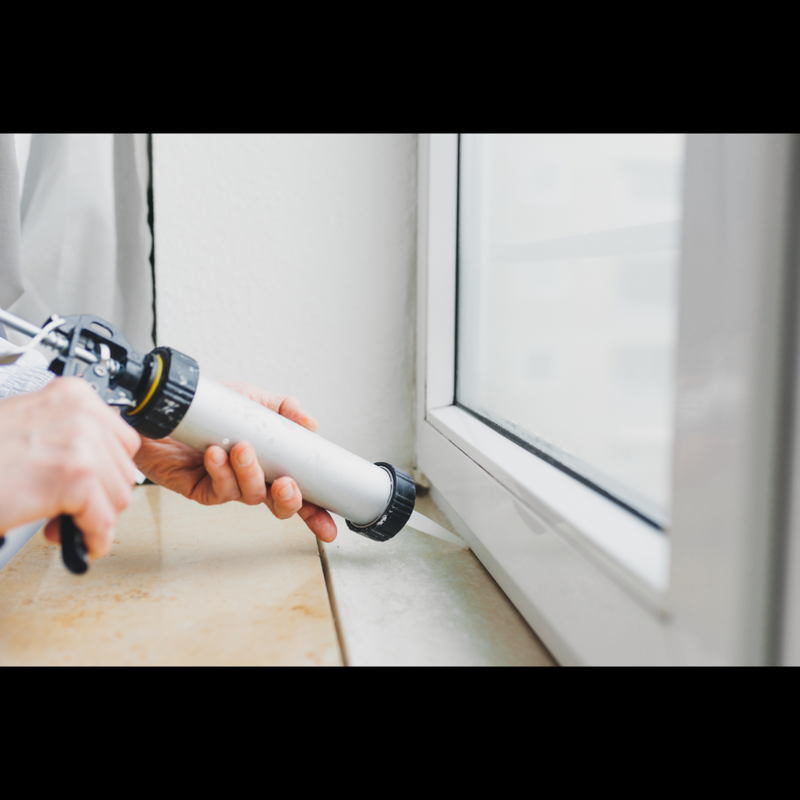Winterize Those Windows & Save BigPosted by Michael Tobias on December 20th, 2019
While replacing all the old windows in your home may be the ideal solution, it may not be an option for many families due to financial hardship. However, there are some DIY (Do It Yourself) window winterization projects to help increase your home’s energy efficiency and save money.
HOW TO LOCATE LEAKS?The most accurate way to find your energy wasters in your home is to have a home energy audit. An energy audit identifies the home's energy efficiency performance and identifies deficiencies then recommends remedies to fix the problem areas. While energy audits are excellent ways to find deficiencies, however, they are often expensive. So if you can’t afford an energy audit, here are some DIY tips to locate leaks and drafts. One effective way is a cold, windy day go into each room of your house and feel for drafts around your windows. Take note of which windows seem to lose the most heat to ensure you fix the biggest problem areas first. Another option is to purchase a temperature sensor and use it to check around the window for cold spots. UPDATING EXISTING WINDOWSAfter determining the leaky areas, taking steps to improve the efficiency are cost-effective that will improve the indoor comfort and save money on energy cost. Here are several DIY ways to increase efficiency -
CONCLUSIONIf it is time to update your existing windows, for maximum energy savings when purchasing new windows, look for ones that have a low air leakage rating - means they have a tight window seal. By using a few of these tips can bring big change into your energy budget and family’s comfort.
AUTHOR’S BIO Michael Tobias, PE, is the principal and founder of Chicago Engineers. He leads a team of over 30 mechanical, electrical, and fire protection engineers. Although Chicago Engineers main headquarters are in NYC and Chicago the business has led over 1,000 engineering projects in New York, New Jersey, Connecticut, Pennsylvania, Florida, Maryland, and California, as well as Malaysia and Singapore. Michael is an advocate for green technology and energy efficiency.
Like it? Share it!More by this author |


 For most people, energy bills escalate during the winter months. The fact is winter heating expenses are often the biggest energy bill most people pay. According to the US Department of Energy, 25%-30% of the money you spend for your heating costs is going right out the window. Literally. Old drafty windows account for the biggest heat loss in a home
For most people, energy bills escalate during the winter months. The fact is winter heating expenses are often the biggest energy bill most people pay. According to the US Department of Energy, 25%-30% of the money you spend for your heating costs is going right out the window. Literally. Old drafty windows account for the biggest heat loss in a home

